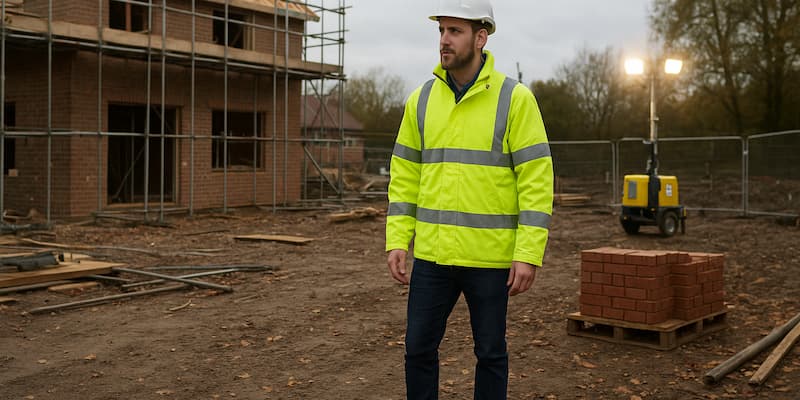
By Samuel Rapley 16/01/2017
Under: PPE and Workwear / Team WelfareHow to Boost Respiratory Protection at Work
Worryingly, the latest statistics estimate:
- 10,000 new cases of breathing or lung problems are caused or made worse by work each year.
- 464,000 working days are lost due to work-related breathing or lung problems (2014/15).
Diseases associated with respiratory hazards include: respiratory cancers, chronic obstructive pulmonary disease, occupational asthma and pneumoconiosis. Let's take a look at how we can keep employees safe.
Identify Types of Respiratory Hazard
The first step in improving respiratory protection is to highlight hazards as part of your comprehensive risk assessment. There are many situations that can create airborne hazards, including:
- filling bags or emptying them into skips or other containers
- weighing loose powders
- cutting, eg paving stones
- sieving and screening operations
- conveying materials by mechanical means or by hand
- stockpiling large volumes of processed materials
- crushing and grading
- milling, grinding, sanding down or other similar operations
- cleaning and maintenance work
- feeding livestock from bags or conveyor systems
- clearing up spillages
View the Health and Safety Executive website for more information.
Minimise the Respiratory Hazard at Source
After you identify respiratory risks, the next step is to eliminate or minimise the hazard at source:
Change the Product
Where possible, change materials to less toxic alternatives. Dust-suppressed materials and pastes are often a better option to powders which require mixing.
Change the Process
Special cutting techniques can be used in place of sawing or grinding to reduce dust creation. Try using a wet-cutting process where possible.
Use Extraction Methods
Extraction methods and vacuums can remove dust near the source
Respiratory Protective Equipment (RPE)
It's time to use respiratory equipment (RPE) after all the measures have been taken to minimise the hazard at source and the risk is still above acceptable levels. The type of RPE will depend on the hazard and substances involved.
Disposable Masks
Disposable half masks come in 3 levels of protection as defined by the European standard EN 149.
FFP1 Filters at least 80% of airborne particles
FFP2 Filters at least 94% of airborne particles
FFP3 Filters at least 99% of airborne particles
Our FFP3 disposable fold facemask offers the best protection in our disposable range, guarding against very fine toxic dusts, mists, fumes and oil/water based particles.
Half Masks
Select a reusable half mask with the appropriate filter when you require greater protection than a disposable mask offers. In addition to larger particles, the filters on half masks can protect against gases and vapours from organic compounds with a boiling point above 65oC. They can also protect against inorganic acidic gases and vapours.
Our Force8 half masks offer an advanced twin filter system with a high-comfort, lightweight design.
Full Masks
Choose a full face mask when you require eye protection or a more substantial barrier than a half mask provides.
Our Powercap Infinity Respirator is the highest possible rating in the EN 12941:1998 + A2:2008 standard and incorporates the high performance JSP EVO®5 Olympus® industrial safety helmet conforming to: EN397.
Face Fitting RPE
A recent survey by Building Safety Group reports breaches in Personal Protective Equipment (PPE) usage are up a worrying 58%. Furthermore, they account these infringements largely to firms failing to 'face fit' dust masks correctly.
Remember, COSHH regulations make employers responsible for ensuring a competent person carries out Face Fit testing of respirators on all employees using respirators. Our Face Fit Test Kit comes with a training course to ensure individuals can perform face fit testing with complete confidence.
Want to discuss you PRE requirements? Talk to a member of our team today: 0333 003 5710

.jpg)
